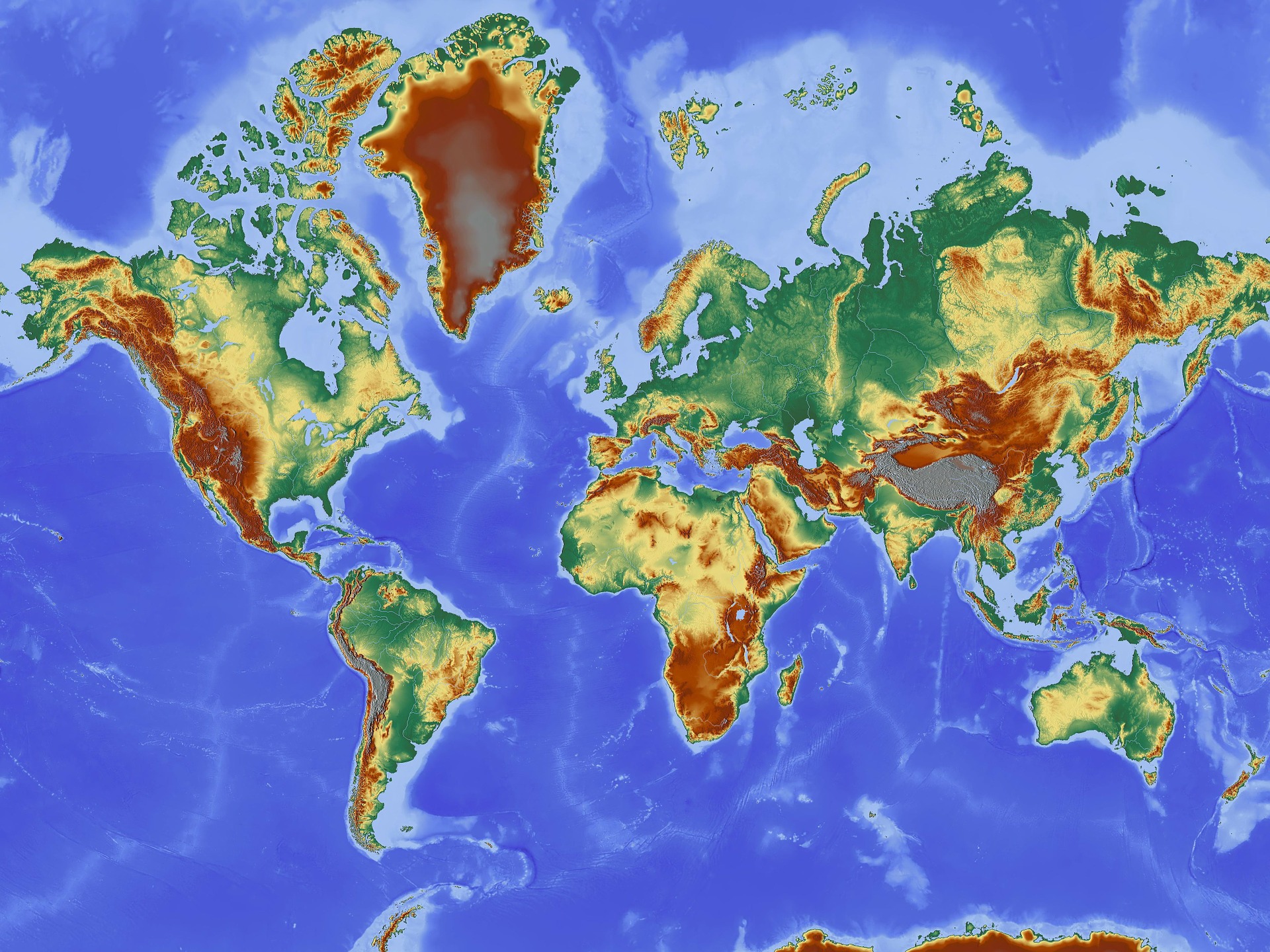To Truly Fight Poverty, Hunger and Climate Change, Sustainable Agriculture Must Go Global
Authors: Nigel Sizer and Andre De Freitas | Published: December 29, 2016
The Paris Climate Agreement went into force on November 4, less than a year after 190 governments signed the landmark, legally binding international treaty. Ten days later, world leaders and civil society groups gathered at the COP22 climate conference in Marrakech, Morocco, to tackle the next phase—implementation—beginning with the development of concrete climate action plans.
Agriculture, which accounts for 25 to 30 percent of global greenhouse gas emissions (second only to the energy sector), is finally playing a starring role at the conference thanks to the treaty’s formal recognition of the critical interplay between agricultural expansion, deforestation and climate change.
“We must provide the necessary resources to support [climate] adaptation and encourage agriculture because it is one of the solutions to environmental problems,” said Dr. Jonathan Pershing, the U.S. Special Envoy for Climate Change.
Pershing’s statement is a harbinger that the innovative sustainability solutions advanced by the Rainforest Alliance and the Sustainable Agriculture Network (SAN) for 30 years are finding more widespread acceptance in the agricultural sector. The ambitious agricultural agenda of COP22 is in fact well aligned with our decades of transformative work in agriculture, including the development of an effective and dynamic sustainability standard (the SAN Standard), the training of more than 1.4 million farmers in vulnerable landscapes around the world, and the building of sustainable commodity supply chains through our certification system. Since we are intimately acquainted with the nuts and bolts of this work, we also appreciate the reality check given by Pershing about the resources that will be required to support the world’s 570 million farmers on their journey to long-term sustainability.
KEEP READING ON ALTERNET

